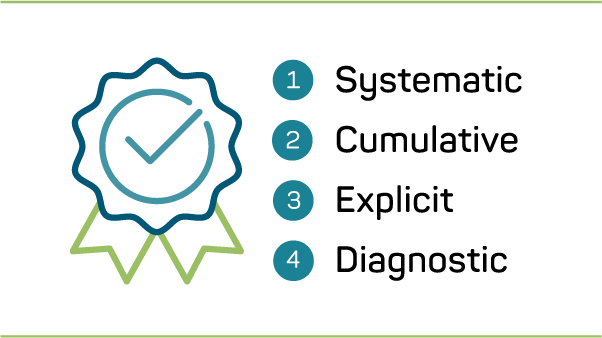Unlock Reading Potential
Support for Dyslexia at Home
Dyslexia is a language-based learning difference that affects reading. If your child or loved one faces challenges with reading, you might feel uncertain about where to turn for help. Reading success is possible with the right support and instruction.

How Dyslexia Affects Learning
Dyslexia doesn’t reflect intelligence—it’s a different way of learning. Those with dyslexia often have exceptional creativity and problem-solving skills. Research shows that specific teaching methods can rewire the brain to improve reading skills.
Teaching the Brain to Read
Research by Yale’s Drs. Sally and Bennet Shaywitz reveals that individuals with dyslexia process reading differently, with some brain areas overworked while others are under-activated. However, with explicit, sequential, and multisensory instruction based on the Orton-Gillingham approach, their brains can build the connections needed for reading success.

Support Dyslexia with Structured Literacy
Reading Horizons® uses a research-backed approach that builds essential reading skills through Structured Literacy.
Read Blog
How Does Reading Horizons® Help Learners with Dyslexia?
Multisensory Instruction: Engages visual, auditory, and kinesthetic learning pathways to strengthen reading connections.
Logical and Sequential Lessons: Teaches concepts step-by-step, ensuring a strong reading foundation.
Continuous Assessment: Provides immediate feedback to guide progress and build confidence.
Confidence Building: Students gain essential reading strategies, which improve their self-esteem and confidence in their ability to succeed.

More Resources
Depicting Dyslexia: Youth Advocate Michael Atkinson’s Inspiring Story and Advice

Invest in Your Child’s Success with ESA Funds
Education Savings Account (ESA) funds are state-provided dollars that empower parents to invest in their child’s educational success. These funds can be used to purchase specialized learning tools like Reading Horizons® At-Home, which is designed to enhance literacy skills through structured and effective reading instruction. By applying ESA funds toward Reading Horizons®, parents ensure their children have access to a high-quality, research-based program that can significantly boost reading proficiency and foster a lifelong love of learning.
Using ESA funds for Reading Horizons® At-Home allows families to create an enriched home learning environment tailored to their child’s needs. Parents can use this state-provided support to make targeted educational investments that contribute to their child’s academic growth. This not only maximizes the benefits of the ESA program but also supports foundational literacy development, which is crucial for long-term educational success.
